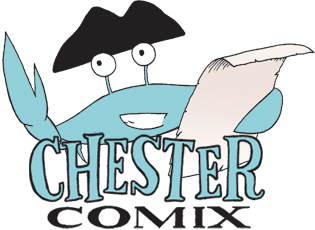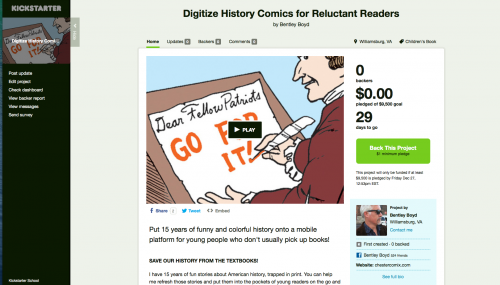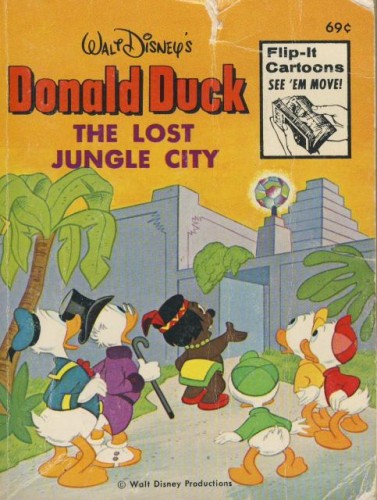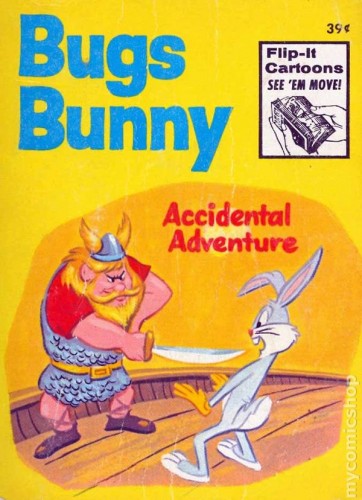

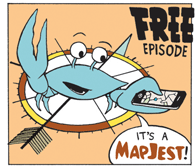

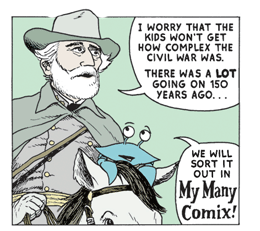
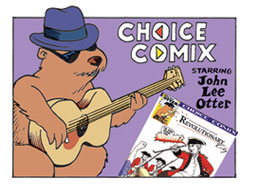
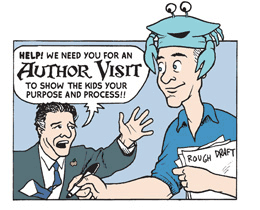

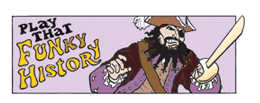

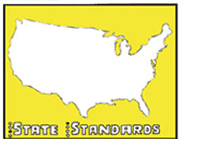


|
|

|
 |
||
 |
"Your amazing dialogue and cartoons make history come alive and ordinary topics pop out of the page." Andrea, 5th grade teacher from VA |
|
|
|
||
Archive for 2013
KICKSTARTER CRAB
Written on Wednesday, November 27th, 2013 [permanent link]And to finish off the 10th anniversary year of Chester Comix: A PLEA FOR MONEY!
No, see, this really does make sense. Chester Comix LLC launched in 2003 with generous financial help from many friends and family members. And a few credit cards. The business has continued to grow with important and timely support from many sources. Revenues have climbed steadily, but the capital expenses are big — when you have to spend $12,000 to reprint just four of your 31 titles, the search for $$$$ is ongoing.
So it’s been obvious for several years that MOBILE is the answer. Selling stories that don’t require me to print on paper and ship books in boxes is a good way to smooth out the revenue stream and expand Chester’s audience. And tablets and smartphones are where many of today’s reluctant readers are actually reading (texts, social media). In 2010 I got three Chester stories into iTunes to be read on Apple’s iPhones and iTouches. In 2011 I got eight of Chester’s books into iBooks for Apple’s iPads.
But that’s not enough. I have more than ONE HUNDRED stories in my printed comix that I could turn into fun stories on smartphones. For the past two years I’ve been drawing new panels for those stories to add MORE jokes and MORE fun details that the textbooks miss. But as I gleefully drew, the technical requirements to get these stories onto the iPhone got thornier and thornier. It became like Gatsby’s green light or Ahab’s whale — the goal that remained stubbornly out of reach the closer I got to it. An Apple rep told me last summer what it would take to build on the existing Chester story apps. His solution requires more intense programming. And that requires more money.
So: KICKSTARTER. Kickstarter is for artists what venture capitalists are to Silicon Valley. It’s crowdsourcing — a way for me to raise small amounts of money from fans far and wide and add them into a big project. I love that part of the Kickstarter model is that I give the supporters unique rewards. Check out the link to the project to see some of the fun (everything from free copies of the stories we make to signed copies of full Chester pages to a drawing of yourself in one of the stories!).
The other big part of the Kickstarter model is that the projects have a limited time to raise the funds. We have 30 days. LET’S GET IT!
Tags: comics, history, iPhone, Kickstarter
Posted in Author's Purpose | Comments Off on KICKSTARTER CRAB
Common Core is No Reason to Panic
Written on Tuesday, November 12th, 2013 [permanent link]I’ve been at this long enough that the new Common Core State Standards are the fourth round of standardized testing I’ve worked with.
And the fuss over them is familiar. Each round of testing has had its public outcry. But if you’ve followed educational testing since 1991 as I have, this new round is the next logical step from the previous three rounds. And these standards have some specific goals that I’ve endorsed for years.
What is the Common Core? It’s a push by the National Governors Association and the Council of Chief State School Officers to line up the tested standards that have been in place in most states since the late 1990s. When I started drawing Chester’s comix with content in 1999, I found a lot of similarity between those standards that the states set. The Common Core tries to put those similarities into plain terms — if everyone tests on the same science curriculum, then Vermont can know better how it stands in comparison to Texas or Virginia. The Common Core also logically follows the federal No Child Left Behind law from the 2000s: both of them focus on testing test math, science, and language arts, and both allow states to compete for federal money based on showing that test scores are improving year after year.
I see teachers scrambling to figure out what this new push means for their own individual classrooms. I think it’s more marketing than it is new machinery. The Common Core standards in my area seem to promote things that smart teachers are already doing and that I have been promoting for more than a decade. For example: No Child Left Behind did not test social studies, so I sold Chester Comix in that era as a way to use fun nonfiction to help kids with their literacy skills, which WERE tested. Reluctant readers could build literacy AND learn history content at the same time.
The Common Core standards seem to be asking teachers to do that same thing in language arts. For example,
CCSS.ELA-Literacy.RI.3.7 asks students to “Use information gained from illustrations (e.g., maps, photographs) and the words in a text to demonstrate understanding of the text (e.g., where, when, why, and how key events occur).” That’s the whole thrust of Chester Comix adventures and the lessons in the matching teachers guides on my website!
The trouble is that the Common Core standards don’t say exactly what facts students should know about history in fifth grade, the way Virginia’s own Standards of Learning say exactly what students should know in studying the first half of U.S. history. Virginia’s social studies curriculum is very specific; the Common Core is more generalized and is focused on SKILLS. The Common Core’s CCSS.ELA-Literacy.RI.5.4 says “Determine the meaning of general academic and domain-specific words and phrases in a text relevant to a grade 5 topic or subject area,” but it doesn’t give you what those words should be or the topic area or anything else. It’s up to the state or the district to say what subject area will be taught in Grade 5. So the history standards that South Dakota had in place before can still be taught under the Common Core.
I’m not sure exactly what this means for the Common Core test questions. The first Common Core tests are supposed to be given in the 2014-15 school year. The teachers who ask me now about how Chester Comix matches the Common Core get an answer that is either too long (like this blog) or too short (“ALL my comix teach the Common Core!”). Chester answers the Common Core in the structure of the whole enterprise. You can work on the Common Core skills by using the timelines across the top of each page. . . the headlines that are questions. . . the material in the teachers guides.
But if you’d like the longer answer, I’ve laid out some of the relevant Common Core standards and my thinking here.
Now let’s get back to teaching!!
Posted in Author's Purpose | Comments Off on Common Core is No Reason to Panic
Big Little Books were huge
Written on Wednesday, October 23rd, 2013 [permanent link]Ten years in business is not just a time to celebrate the past accomplishments but also a time to TOSS the past stuff that no longer matters to the business. For the past two months I’ve been tossing out a LOT of paper — applications to 2006 conferences, Amazon setup paperwork from 2005, printed e-mails from 2003, expense receipts from 2008. A. LOT. OF. PAPER.
And in the momentum I’ve also tackled my bookshelves of research material and even my sons’ bookshelves. I’ve finally let go of half of my childhood collection of Big Little Books. I read a few to my sons when they were little guys, and I stacked the collection on my sons’ bookshelf years ago thinking they would be a nice bridge to the boys reading by themselves. But the boys didn’t really take to them, and now one son is 21 and studying abroad and the other is a junior in high school. Not the target audience for Big Little Books.
So I saved my favorite ones and put the rest in the box to donate to the used bookstore across town. I pointed the Big Little Books out to the two bibliophiles behind the counter — and was shocked when they said they had never heard of them. NEVER??
Big Little Books were like comix for generations of American reluctant readers. They were tiny — and so, non-threatening. Their format was text on the left side and a captioned drawing on the right side page. EVERY right side page!! To my eyes, they were almost as much fun as a full-color comic. Some of mine even had another drawing tucked in the upper-righthand corner so that you could flip them quickly to get an animated cartoon. That was a great deal for 35 cents!
Of course it helped that so many of the books were based on cartoon characters. The very first Big Little Book published by the Whitman Publishing Co. of Wisconsin was a Dick Tracy story in 1932. More than 1,300 titles were published between then and the 1960s. The books started out with hard cardboard covers, but by the time I found them in my hometown drugstore in the 1970s they were paperbacks. They’ve held up really well to my countless readings.
It’s gratifying when parents and teachers tell me how great Chester Comix are for reluctant readers. But me and my crab are just continuing a long, well-worn path. When you talk about Chester Comix offering exciting and colorful reading to excite young people, you have to also give props to Classics Illustrated comix and to Big Little Books. Google some images of their covers today and keep your eyes out in the used bookstores!
Posted in Author's Purpose, literacy | Comments Off on Big Little Books were huge
